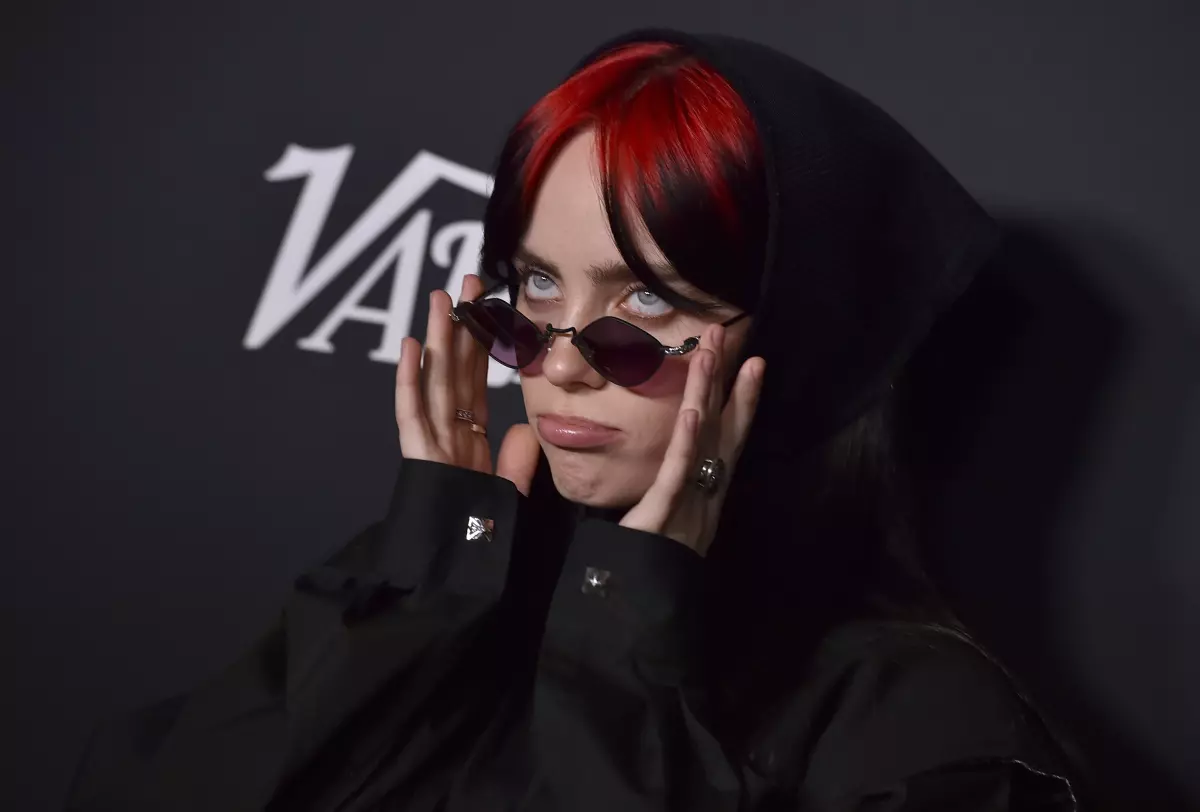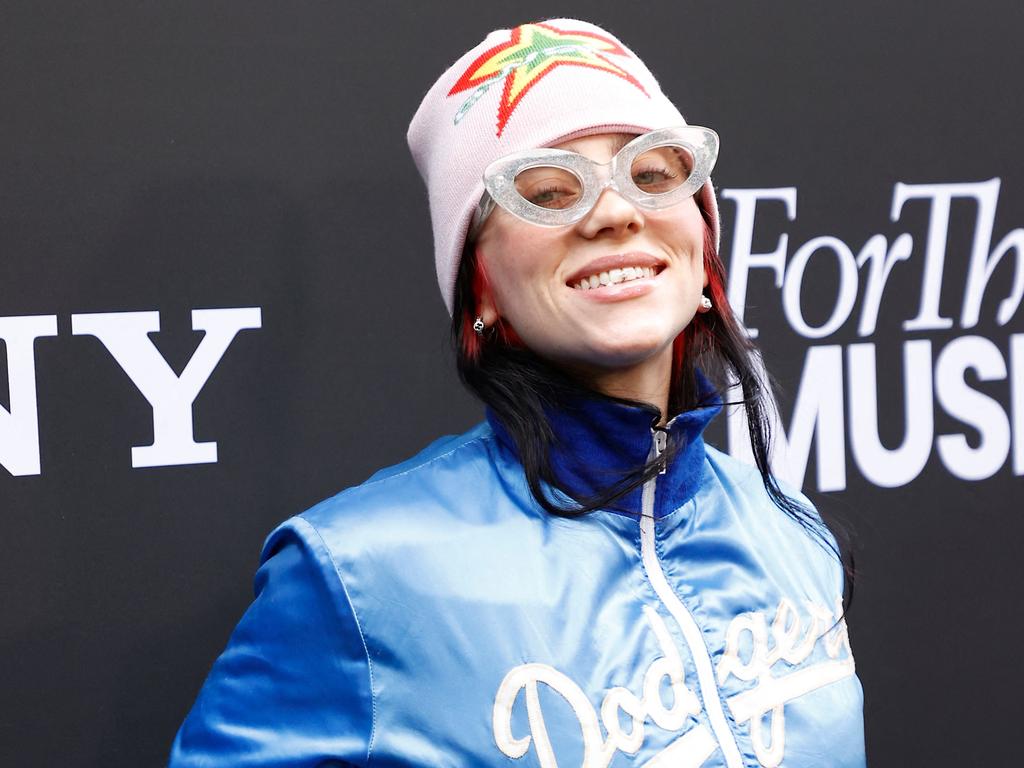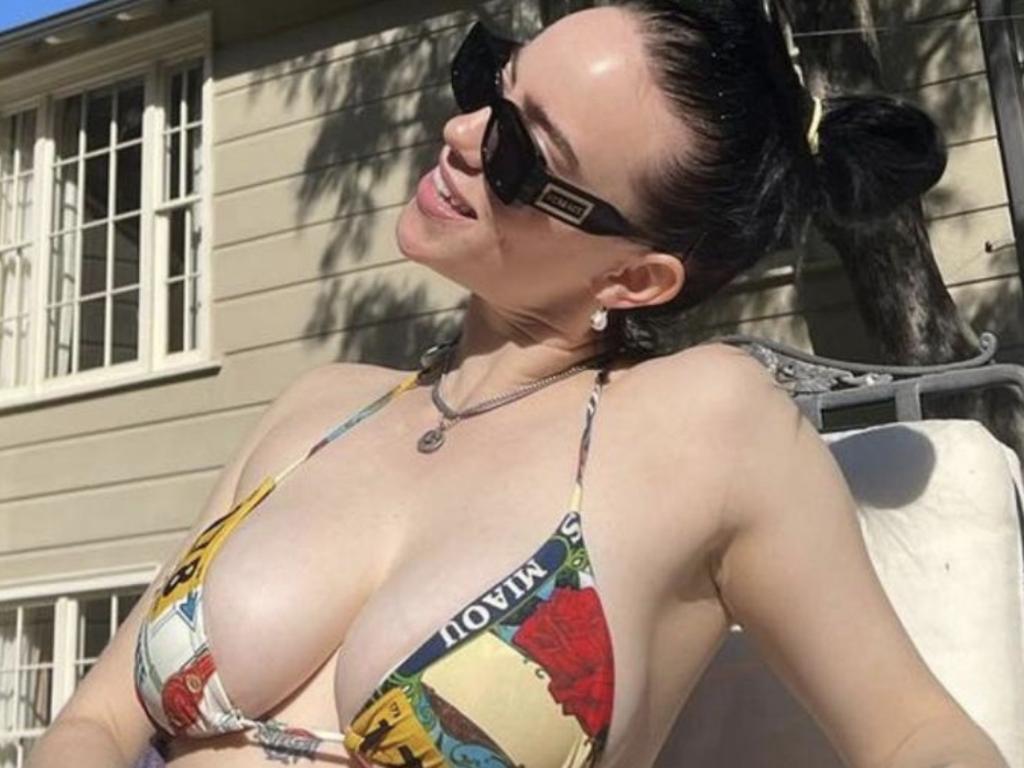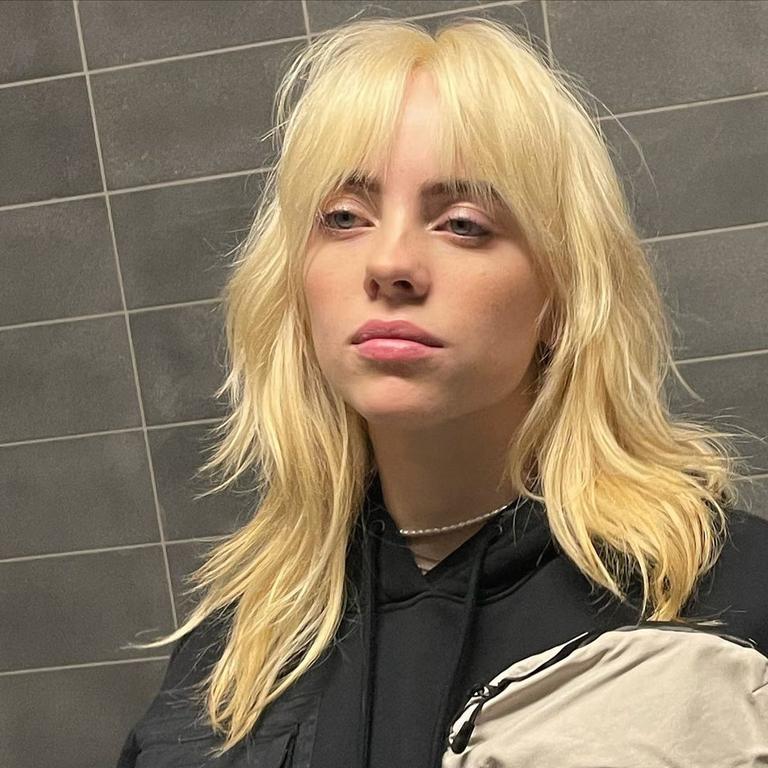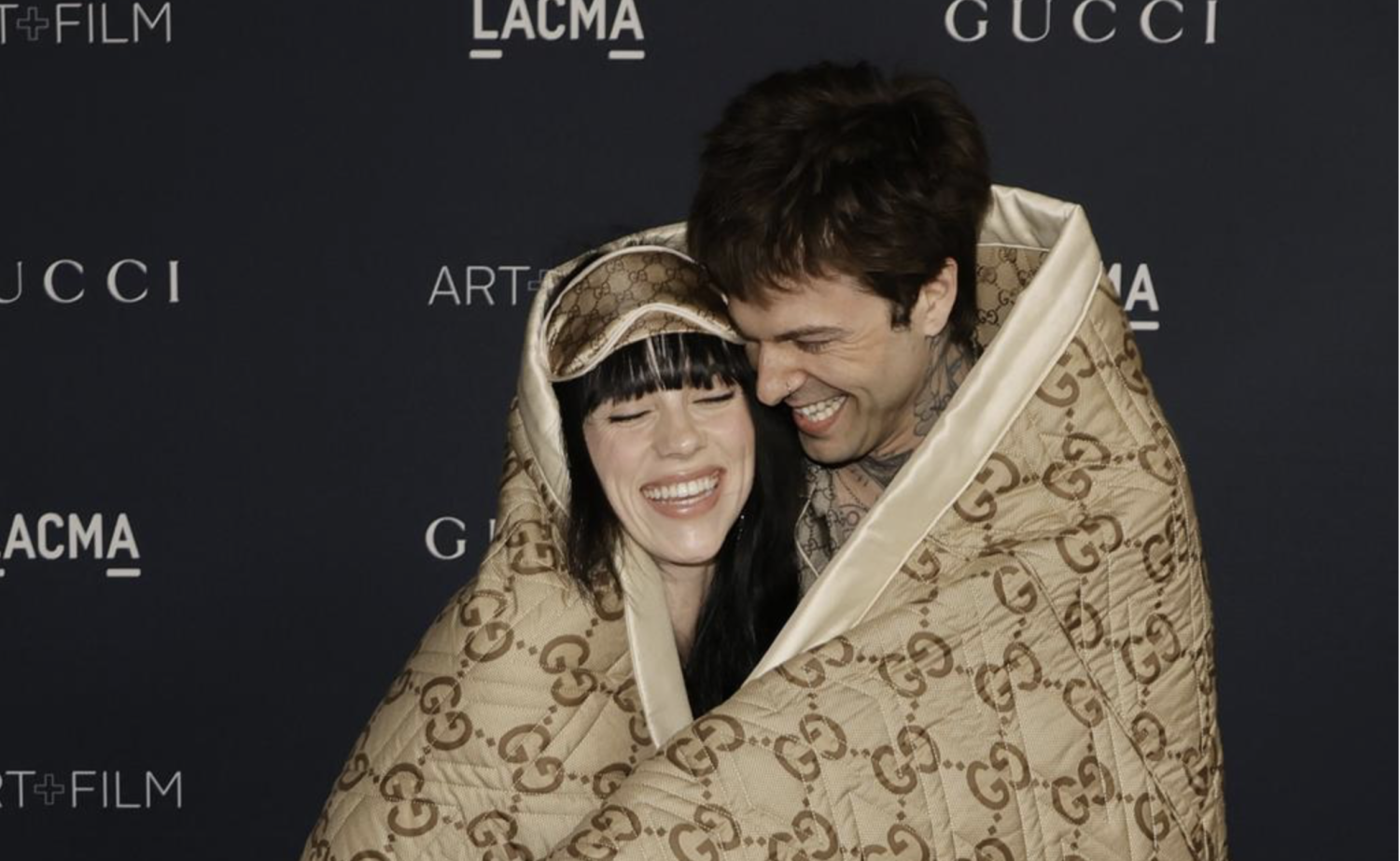
This article is more than
4 year oldBillie Eilish exposes porn dilemma
In a recent interview on the Howard Stern Show, Billie Eilish explained that seeing violent and abusive porn from the age of 11 gave her nightmares, “destroyed” her brain, and impacted on her sexual experiences.
Eilish shared that “The first few times I, you know, had sex, I was not saying no to things that were not good. It was because I thought that’s what I was supposed to be attracted to.”
As an educator working around Australia and internationally to address the impacts of porn on young people, I regularly hear the same kinds of stories – particularly from young women. Stories about their partners choking them, gagging them, being rough and aggressive, degrading them for sexual pleasure, and pressuring them to do things they don’t enjoy – because of what they have seen in porn.
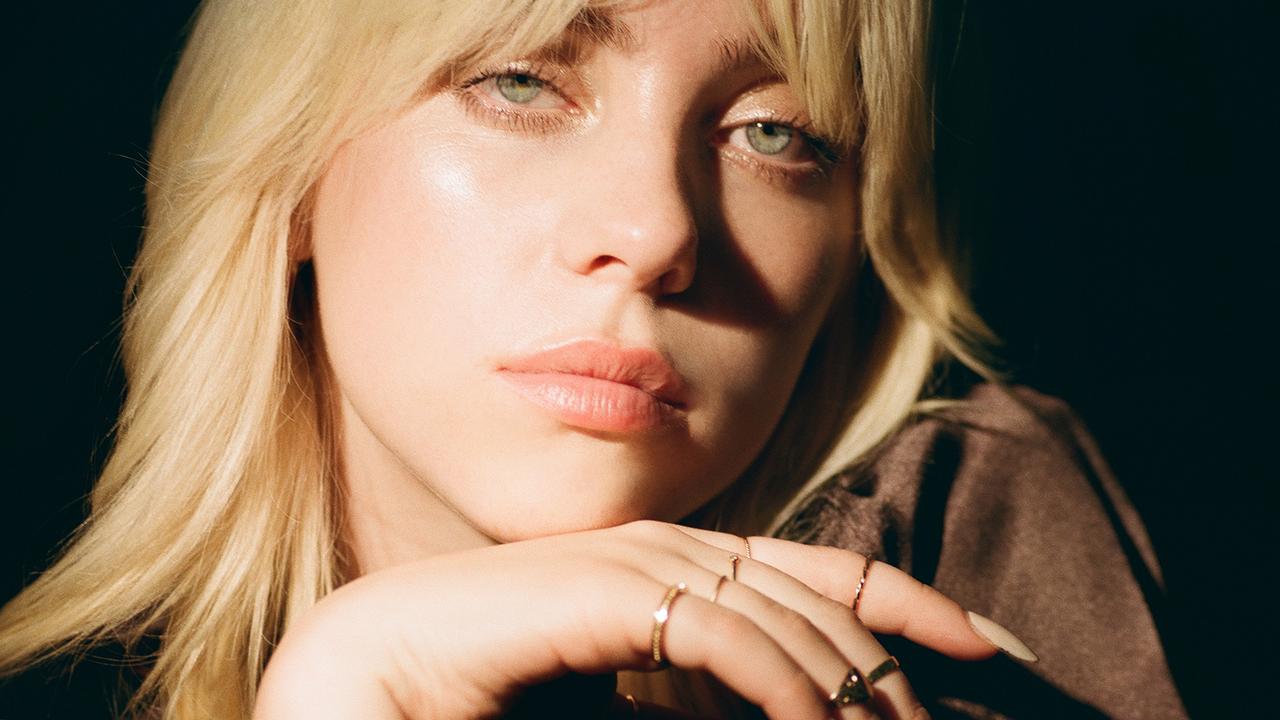
Young women often talk about feeling that it is difficult to say no, or that they need to go along with what their partner wants because it seems “normal.”
And they express concern that if they’re critical of porn or don’t acquiesce to their partner’s desires, they will be seen as “uptight” or “frigid.”
As 18 year old Clara* put it, “[There’s] a fair bit of pressure on girls to accept it or else they might be seen as prudish.”
Eilish now thinks that “porn is a disgrace,” but described how, when she was younger, watching porn helped her feel like she was cool and “one of the guys.”
Her comments provide an important insight into what we’re up against – and why simply telling young people to “not watch porn” or “just say ‘no’’ to things” they don’t want to do is so inadequate.
Whether we like it or not, porn has become a default sexuality educator for many young people.
They often discover porn well before they encounter sex – and sometimes even before they have kissed or held a partner.
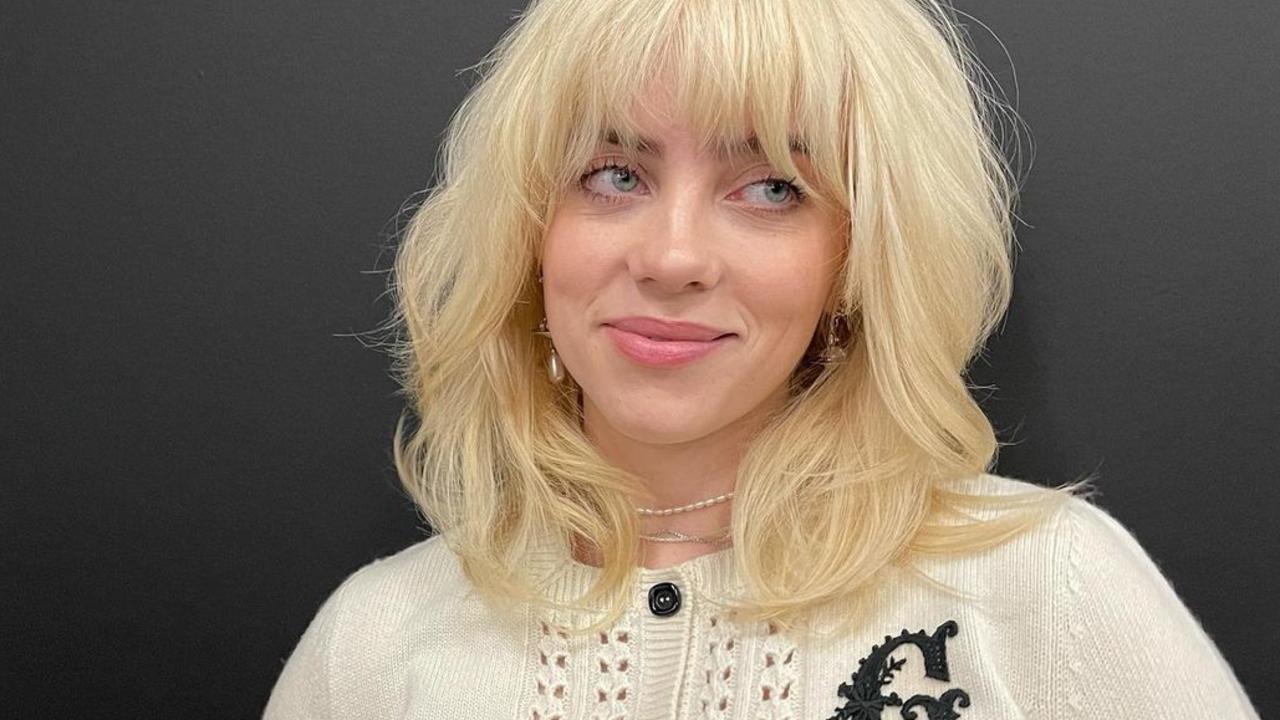
Australian research conducted by Our Watch found that almost half of young men have seen pornography by the age of 13 and almost half of young women have seen it by the age of 15.
Porn has become a kind of wallpaper in young people’s sexual worlds, shaping their sexual understandings, expectations and experiences in unprecedented ways – sometimes directly, and sometimes through the influence of partners and peers.
60 per cent of young men and 41 per cent of young women report using pornography as a source of information about sex in the last 12 months.
What young people are seeing in porn is far from benign.
The most popular mainstream porn commonly depicts violence and aggression as well as non-consensual behaviours, which are almost always directed towards women, and are usually met with either a neutral or positive response. The message this sends is that violence towards women is not only normal, it is sexy.
As 20 year-old Sarah* put it, “Every partner I’ve had has watched some form of porn that makes me feel uncomfortable. From domination sort of porn to porn that I have compared to consensual gang rape.”
Young women commonly describe struggling to respond to pressure from partners.
Sometimes young men are genuinely surprised that their partner does not want to do what they have tried to mimic from porn – because the women in porn seem to love it.
As one young woman said, “It could be pretty tricky to work out what you do like... especially if you have a partner who is just copy-pasting from porn and going, ‘this is what I’ve seen so I’m gonna do this to you and fingers crossed you like it.’”
We all like to think that sex should only happen if, when and how it is wanted and enjoyed, but with porn setting the agenda, too often, sex is not safe, respectful, mutual or consenting.
The time for being coy about sex and porn has passed.
Parents need to have conversations about porn with their children, and teachers and schools need to be equipped to address porn’s influence as part of relationships and sexuality education, with a curriculum fit for the 21st Century, age-appropriate education materials, and access to professional learning and support.
Because until young people are equipped with the skills to critique porn – and have social permission to do so – they will continue to pay a high price.
Make no mistake, young people are seeing porn. It’s impacting on young people of all genders, sexualities, abilities and cultures. And if we don’t support them to navigate porn’s influence in ways that make sense to them and address their real-life experiences, then we’re leaving them to have their sexuality shaped by the porn industry.
It’s great that Billie Eilish has opened up this conversation. How many more stories like hers do we need to hear before we grasp the scale and significance of this issue and find the courage to tackle it?
*Names have been changed to protect privacy.
Follow Maree Crabbe on Twitter
